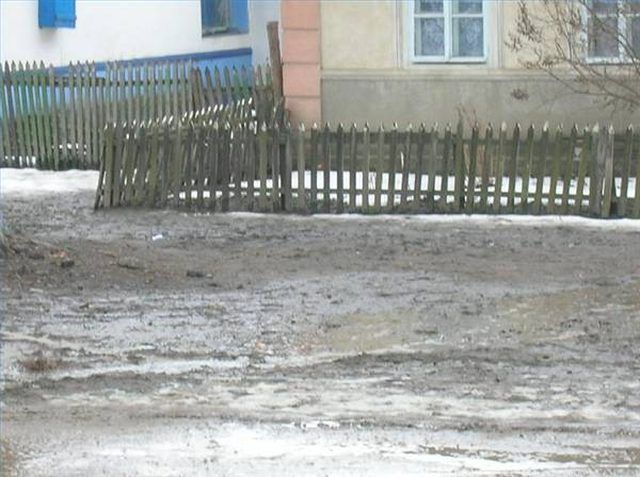Bulbs
Flower Basics
Flower Beds & Specialty Gardens
Flower Garden
Garden Furniture
Garden Gnomes
Garden Seeds
Garden Sheds
Garden Statues
Garden Tools & Supplies
Gardening Basics
Green & Organic
Groundcovers & Vines
Growing Annuals
Growing Basil
Growing Beans
Growing Berries
Growing Blueberries
Growing Cactus
Growing Corn
Growing Cotton
Growing Edibles
Growing Flowers
Growing Garlic
Growing Grapes
Growing Grass
Growing Herbs
Growing Jasmine
Growing Mint
Growing Mushrooms
Orchids
Growing Peanuts
Growing Perennials
Growing Plants
Growing Rosemary
Growing Roses
Growing Strawberries
Growing Sunflowers
Growing Thyme
Growing Tomatoes
Growing Tulips
Growing Vegetables
Herb Basics
Herb Garden
Indoor Growing
Landscaping Basics
Landscaping Patios
Landscaping Plants
Landscaping Shrubs
Landscaping Trees
Landscaping Walks & Pathways
Lawn Basics
Lawn Maintenance
Lawn Mowers
Lawn Ornaments
Lawn Planting
Lawn Tools
Outdoor Growing
Overall Landscape Planning
Pests, Weeds & Problems
Plant Basics
Rock Garden
Rose Garden
Shrubs
Soil
Specialty Gardens
Trees
Vegetable Garden
Yard Maintenance
How to Seed a Muddy Lawn
How to Seed a Muddy Lawn. Seeding a muddy lawn is a good thing. The two things grass seeds need are soil and moisture. If the lawn is muddy that means the temperature is above freezing, and so it is warm enough to grow grass. The trickiest part will be walking on it since the mud will stick to your shoes, but it will be well worth your effort when...

Seeding a muddy lawn is a good thing. The two things grass seeds need are soil and moisture. If the lawn is muddy that means the temperature is above freezing, and so it is warm enough to grow grass. The trickiest part will be walking on it since the mud will stick to your shoes, but it will be well worth your effort when your lawn springs up quickly to cover the mud.
Things You'll Need
Grass seed
Garden rake
Hay bales
Look over your muddy yard to see if there are any areas that need to be smoothed out. Since the dirt is wet, you will only be able to scratch the surface with your garden rake. Just get it level and don't worry too much about perfect smoothness.
Spread hay over the whole area you want to seed. This will give you a base to walk on when you seed so that you don't have to walk back over the area. Be liberal with the hay; try not to leave any dirt showing. One bale of hay should cover about 100 square feet.
Sow seed over the freshly covered area. Start in one corner and work in an organized way so you don't walk over the area where you just spread seed. Since the surface was muddy, it is better to try to broadcast the seed by hand rather than using a rolling seeder.
Rope off the area to keep people from walking on the wet ground. This will give the grass seed a chance to germinate without the soil being compacted from foot traffic. Simple yellow tape can be purchased from home improvement centers or hardware stores to use in sectioning off the area.
Roll over the area once the grass has been well established, if you have problems with uneven soil. Weighted rollers can be rented by the hour or day, depending on the size of yard you need to work on.
Tips & Warnings
Continue to add soil amendments to your soil if it remains soggy to help with drainage.
Add soil to low-lying areas to prevent puddling.